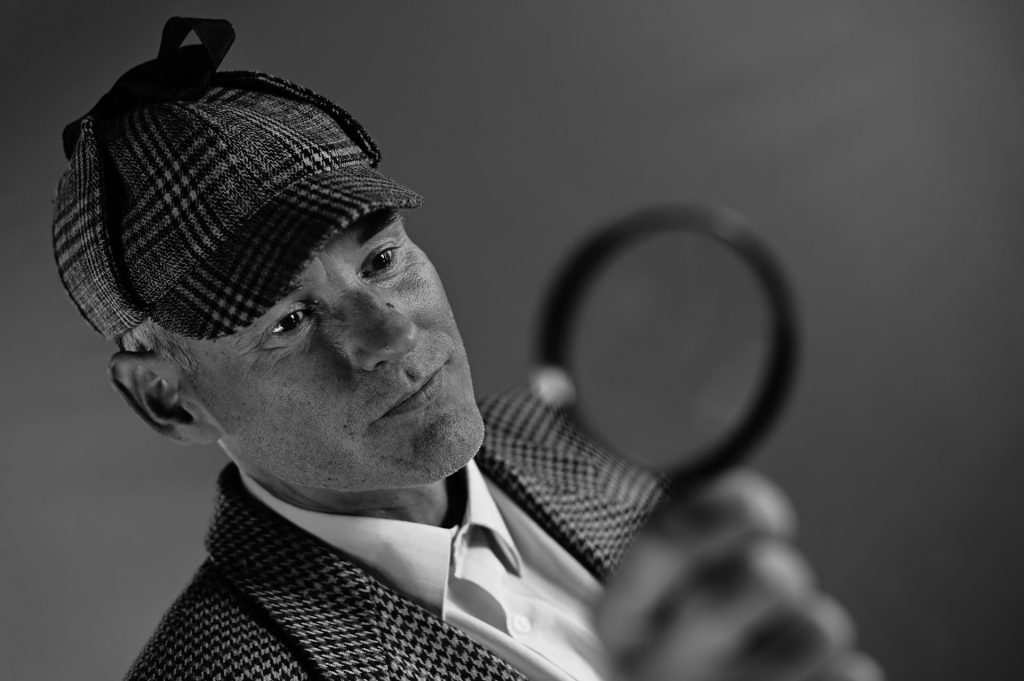
Most disruptive ideas arise outside an industry. Leaders need a more open mindset to see early signals of change and respond to disruption.
Today’s post is by Kurt Matzler, co-author of Open Strategy: Mastering Disruption from Outside the C-Suite (CLICK HERE to get your copy).
In 1938, MIT student Claude Shannon solved one of the most complex problems of circuit design. Working on an early analog computer, he realized that an idea from an undergraduate philosophy course could solve the problem. Applying Boolean Algebra he laid the foundation of all electronic digital computers. As he put it: “It just happened that no one else was familiar with both fields at the same time”.
You may think that this was one of those lucky coincidences that change the world but almost never happen. You are wrong. In his book Seeing What Others Don’t, Gary Klein studied 120 of the most important inventions and discoveries in history: 82% of them emerged when people from different disciplines started to talk to each other and exchanged ideas.
Follow some simple rules and you may see what others don’t as well.
Start talking to strangers
At the beginning of the 20th century Vienna was a hotbed for new ideas. At the centre of this explosion of thoughts was the Wiener Kreis (Vienna circle), an interdisciplinary group of philosophers and scientists that met fortnightly.
While brilliant minds like Karl Popper, Ludwig von Wittgenstein, or Albert Einstein might have flourished as individuals, the gatherings are not to be underestimated. Eccentricities, disagreements, and rivalries marked these salons, but the insights had a profound impact on computing, astrophysics, cosmology, theory of science and philosophy. Even the godfather of management, Peter Drucker, benefitted from such “Abendgesellschaften” (evening gatherings) in his parent’s home in Vienna.


Leave a Reply
You must be logged in to post a comment.